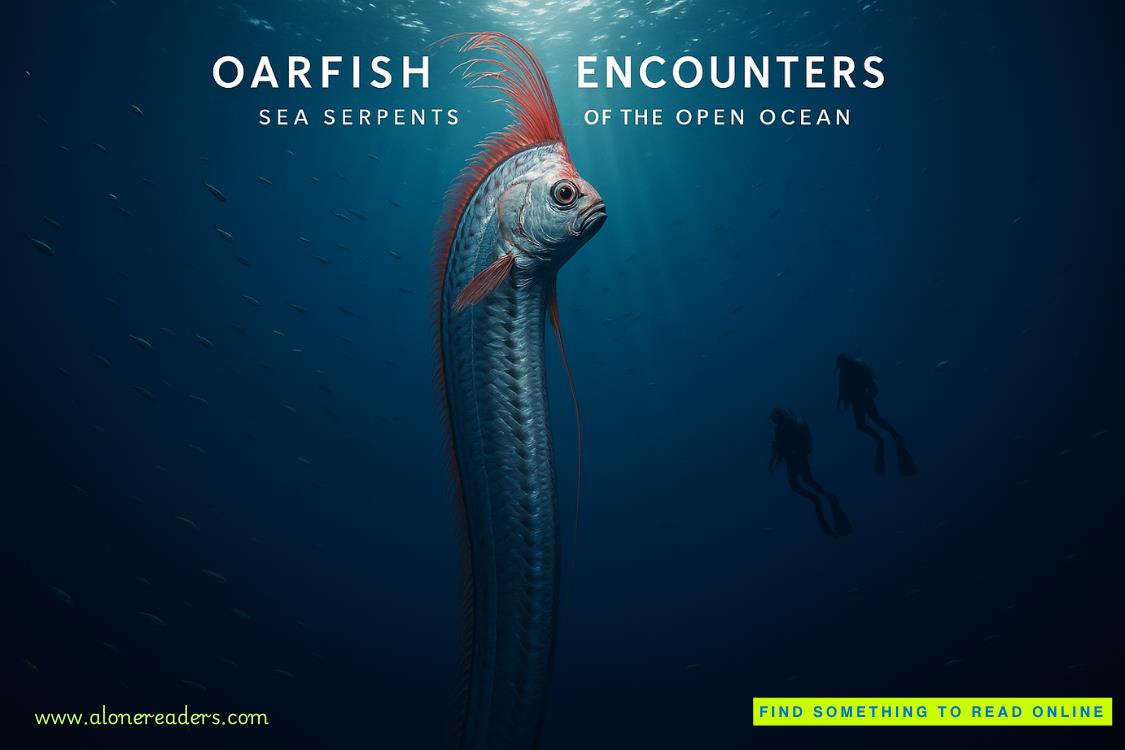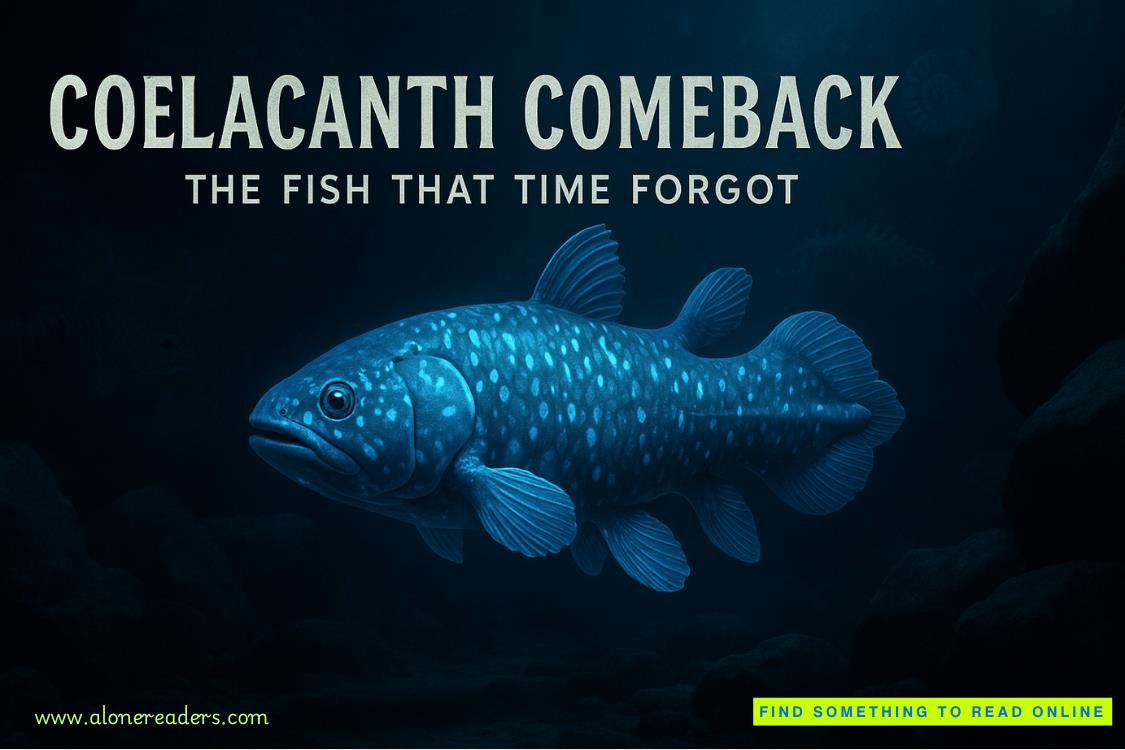Page 13 of Prince Material
“Ah,” he said after a few minutes. “I see what she means.”
“What?”
“You’ve covered all the technical risks perfectly, but you haven’t considered the human element enough.” His finger traced down the screen. “Like here. You’ve accounted for material failures and structural stress, but what about worker safety? Communication breakdowns? Cultural differences between teams?”
I blinked. “How do you know about project management?”
He snorted. “My whole life has been nothing but project management, though maybe not quite as technical as this. But management does come naturally to me.”
“Right.” I’d almost forgotten who he was, which was probably exactly what he wanted. “I guess royal duties involve a lot of coordination.”
“You have no idea.” His voice held a hint of something darker, but it vanished quickly. “Look, you’ve got all the technical aspects nailed, but projects don’t exist in a vacuum. Peopleare messy. They miscommunicate, they have bad days, they make assumptions.”
I frowned at the screen. “But those are variables I can’t control.”
“Exactly.” His eyes lit up with understanding. “That’s what scares you, isn’t it? The unpredictable human element?”
The observation hit too close to home. I shifted uncomfortably in my chair. “I prefer working with numbers. They don’t lie. They don’t make mistakes.”
“No, but people do. And people are who we’re building for.” His voice was gentle but firm. “The most brilliant engineering solution in the world won’t work if the people implementing it don’t understand it, if cultural differences create communication barriers, or if budget constraints force shortcuts.”
I wanted to argue, but he had a point. “So what would you suggest?”
“Add a section about stakeholder management. Communication protocols. Cultural considerations if you’re working with international teams.” His fingers flew across the keyboard as he made notes for me. “Training requirements, safety protocols, contingency plans for human error.”
The suggestions were actually… good. Really good.
“You’ve done this before.”
He laughed softly. “I’ve seen my share of projects go sideways because someone forgot to account for the human factor. Did you know we once had a visiting dignitary almost cause an international incident because no one told him we eat our famous herring raw?”
I blinked. “Like sushi, raw?”
“Like, served with diced onions and holding it by the tail, then lowering it into your mouth, raw.”
My eyes widened. “Excuse me? That doesn’t sound appetizing in the least.”
He leaned in. “It’s disgusting. But don’t ever tell anyone I said that. They’d revoke my Dutch citizenship for blasphemy like that.”
Despite myself, I smiled. “No, they wouldn’t.”
He winked at me. “You don’t know that. We take our raw herring very seriously.” He grinned, then turned serious again. “My point is, technical excellence is crucial, but it’s not everything. The best engineers are the ones who understand that they’re building for people.”
His words struck something in me: a truth I’d been avoiding. I’d focused so hard on the technical aspects because they were safe, predictable. Unlike people. Unlike that day on the roof when human decisions had meant the difference between life and death.
“It’s hard for me. These kinds of courses. And I want to get it right.”
“I know.” His voice was surprisingly gentle. “But maybe perfect isn’t always possible. Maybe sometimes, good enough, with room for human factors, is better than technical perfection that doesn’t account for reality.”
I looked at him then, really looked at him. Gone was the carefree prince persona he usually wore. Instead, I saw someone who understood more than he let on, who carried his own weight of expectations and fears.
“Want to help me revise this?” I asked before I could think better of it.
His smile lit up his whole face. “Thought you’d never ask.”
For the next hour, Floris helped me restructure my project plan, adding layers I hadn’t even considered. He had an uncanny knack for spotting potential human complications, probablyfrom years of navigating royal protocols and diplomatic relations. It was eye-opening.
“See here?” He pointed at a section about resource allocation. “You need to consider language barriers, different time zones if you’re working internationally, even religious or holiday schedules in different countries. Like the Fourth of July here.”















